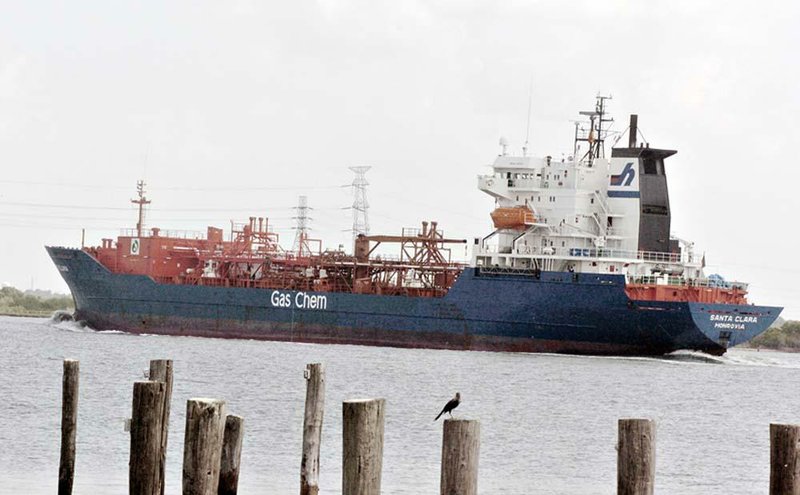LITTLE ROCK — Houston-based Cheniere Energy Partners last week signed a long-term customer for liquefied-natural-gas exports from its Sabine Pass terminal, where the company will add the first liquefied-naturalgas plant in decades built to send gas out of the U.S. instead of bringing it in.
The agreement with a division of British-based gas giant BG Group would mean as much as 178 billion cubic feet per year would be shipped from Cheniere’s import terminal on the Louisiana-Texas border.
In the past decade, several new liquefied-natural-gas import terminals were built in the U.S., including Cheniere’s Sabine Pass facility, with the expectation the country would consume more natural gas than it produces.
But the natural gas production boom of the past few years, driven by a combination of horizontal drilling and hydraulic fracturing, has left the U.S. with a glut of natural gas.
In response, Cheniere and other liquefied-natural-gas terminal operators have applied for licenses to export U.S. natural gas to overseas markets.
The trend reflects both the strong demand for liquefied natural gas in Asia — particularly in the wake of the Fukushima nuclear power plant disaster this year in Japan — and low North American natural gas prices, according to analysts at research firm Wood Mackenzie.
Michael Economides, a professor of chemical and biomolecular engineering at the University of Houston, said U.S. liquefied-natural-gas exports are seen as a way to help U.S. producers with excess natural-gas production and to serve markets including Europe, where Russian gas sometimes is priced at $8 per thousand cubic feet — about twice the recent U.S. price.
If Cheniere gets final approval from the Federal Energy Regulatory Commission to build the liquefaction equipment at the Sabine Pass terminal, it would be the first North American liquefied-naturalgas export project since 1969, when a facility opened in Kenai, Alaska.
Cheniere’s Sabine Liquefaction subsidiary is planning to develop the ability to produce 9.92 million tons per year of liquefied natural gas in the first phase of its project at the Sabine Pass Terminal. The BG deal represents about 3.86 tons of that capacity, according to company spokesman Andrew Ware.
Cheniere expects to announce another customer for liquefied-natural-gas export soon, he said.
Construction of the liquefaction facilities, which chill natural gas into a more compact liquid for transport on tankers, is expected to start next year. The initial phase will include two liquefaction lines. Liquefied-natural-gas exports could begin as early as 2015.
“Entering into this agreement is a significant milestone for our project,” said Charif Souki, chairman and chief executive officer of Cheniere.
Under the agreement, BG will pay Sabine Liquefaction a fixed sales charge for the full annual quantity and will also pay a contract sales price for liquefied-natural-gas purchases based on the Henry Hub index price as traded on the New York Mercantile Exchange.
Business, Pages 78 on 10/30/2011
